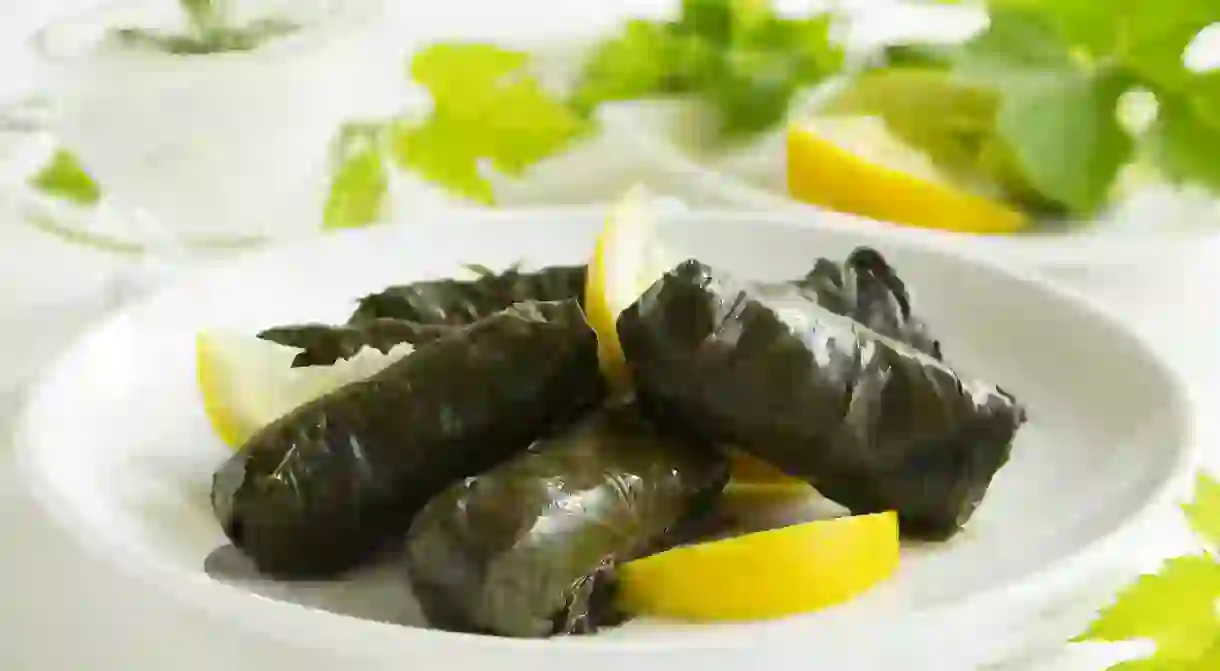7 Things You Didn't Know About Balkan Cuisine

It has often been said that we travel through our stomachs, and nowhere is this more true than the Balkans. The land of grilled meat and huge salads is a gastronomic paradise, but what do we really know about the wonderful world of Balkan cuisine?
Plenty of assumptions are made about Balkan food. It’s meat-heavy, full of flavour and not exactly bothered about its impact on your cholesterol. But where does it come from and why? As with everything in this part of the world, there is more to the dishes than immediately meets the eye.
History on your plate
While referring to the Ottomans as ‘Turkish’ doesn’t tell the whole story, the Turkish influence on food in this part of the world is clear to see. Articles, tourist organisations and restaurants will wax lyrical about the domestic qualities of ćevapi, pljeskavica and domaća kafa, but the fact is that these are all dishes brought into the region by the Ottomans that are still around today. In Serbia and BiH in particular, Turkish influence on food is king.
But it isn’t just the Ottomans that live on in the kitchens here. The historical influence of Austria, Hungary and Italy is also keenly felt, whether in the breaded meat dishes of Croatia, the goulash-centric ways of Vojvodina or the abundance of exquisite seafood in Montenegro. The Balkans has long since stopped being occupied by foreign powers (depending on how you view the US and NATO, chortle chortle), but the best parts of history live on in the restaurants and dining rooms of the Balkans.

Eat with your mouth, not your eyes
Some people believe that ‘you eat with your eyes first’. This is true in a lot of cases, but those same people should probably give the Balkans a miss. Balkan dishes aren’t exactly built for aesthetics, to say the least. You may come to love the dripping grease of a mighty pljeskavica or the colourful clump of beans that is the Macedonian tavče-gravče, but aesthetically appealing they are not. Food is defined by how it tastes not how it looks, and this is even more pertinent in the Balkans.

All stuffed everything
For want of a subtler phrase, there is a lot of stuffing going on when it comes to food in the Balkans. Stuffed peppers are a big favourite here, and while there’s plenty of variation there are certain things that are ubiquitous across the region. To cut a long story short, except your peppers to be stuffed with plenty of meat and onions.
Stuffed peppers aren’t exactly unique to the Balkans, so fans of stuffed dishes should keep an eye out for traditional sarma. These stuffed cabbage leaves are found in authentic restaurants in Serbia, and represent an integral part of the nation’s culinary identity. You can find plenty of other stuffed vegetable dishes in the Balkans – if it can be stuffed, it will be.

Keep an eye out for the sač
The sač is an integral part of any self-respecting Balkan kitchen. In the simplest terms it is a large lid that covers the dish. Hot coals or ashes are placed on top, and whatever ingredients are underneath are cooked via convection. It has its roots in the primitive days of yore, but has well and truly established itself in modern restaurants as well. What it provides is incredibly tender meat and flavours showing off their best sides. You can call it the ballroom for the prom of the desired ingredients, if you were feeling particularly poetic.
Go hard or go home
The nations of the Balkans aren’t known for half measures. They will throw themselves into anything they put their mind to, and cooking doesn’t escape this excitement. Flavours are overwhelming here. Subtlety and the Balkans don’t really go together after all. Accompaniments like ajvar and kajmak are absolutely at their best when the flavour is ramped up to 10, so remove your inhibitions and accept the overwhelming intensity of it all.

More variation than meets the eye
It might seem as though menus across Serbia, Bosnia, Montenegro and the rest offer exactly the same thing all the time. Ćevapi, pljeskavica and the rest are omnipresent, and everyone seems to be eating burek for breakfast. Don’t be fooled though – there are more differences than you may expect. Ćevapi in Belgrade is a different beast to that found in Sarajevo, with different ingredients and preparation used to make an equally astounding result. Linguistic differences are also common. Burek might be a catch-all term for delicious filled pastries, but asking for burek in Bosnia will only bring the meat version. As with a lot of Balkan culture, the key is in the minor details.
Rakija is necessary
It really does seem as though rakija is everywhere in the Balkans. The strong fruit brandy is drank for breakfast, dinner, with the evening meal, at celebrations, parties, funerals, conferences and more. In short, if something happens, someone will have a bottle of rakija on hand. This might seem a little over the top most of the time, but the ubiquity of rakija in restaurants isn’t just for getting blasted. It’s easy to forget that it acts as a digestif and a palate cleanser. Rakija is recommended in restaurants because of its complimentary nature. The whole ‘getting drunk’ part is just a happy side effect.














